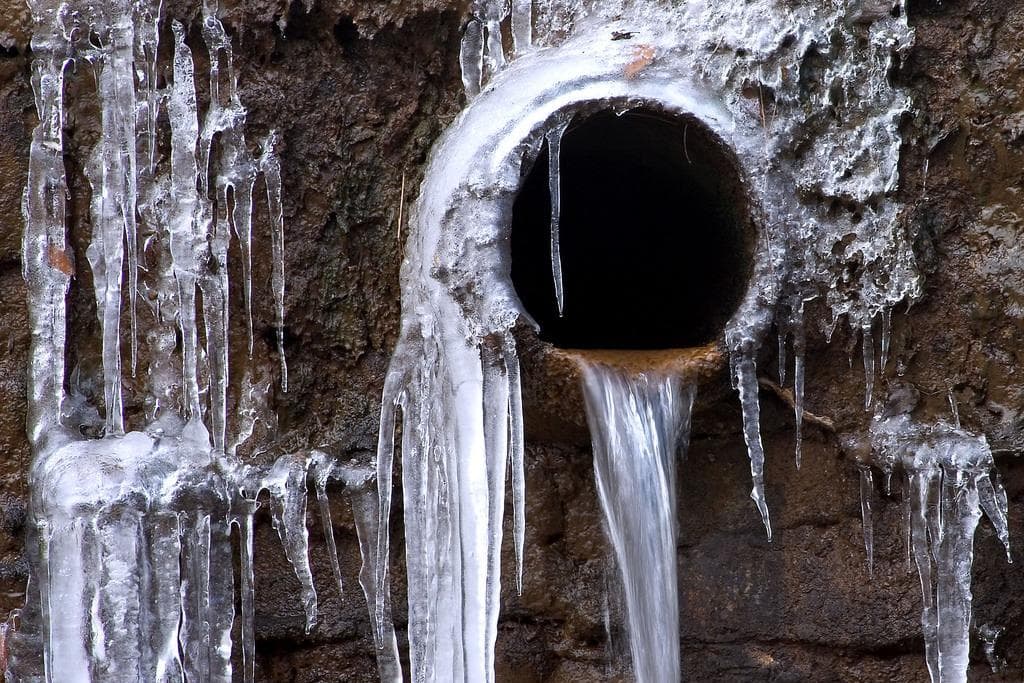Ways to Prevent Frozen Pipes in Winter: Pro Tips
Ways to Prevent Frozen Pipes in Winter: Pro Tips
Blog Article
They are making a few great pointers relating to Helpful Tips to Prevent Frozen Pipes this Winter overall in this post in the next paragraphs.

Winter can damage your plumbing, specifically by freezing pipelines. Here's exactly how to prevent it from taking place and what to do if it does.
Intro
As temperatures decrease, the threat of icy pipelines increases, potentially leading to pricey repairs and water damage. Understanding how to prevent frozen pipes is important for house owners in cool environments.
Comprehending Frozen Pipelines
What creates pipelines to ice up?
Pipes ice up when subjected to temperatures below 32 ° F (0 ° C) for extended periods. As water inside the pipelines freezes, it expands, taxing the pipeline wall surfaces and possibly creating them to burst.
Threats and damages
Frozen pipes can cause water system interruptions, property damages, and expensive fixings. Burst pipes can flooding homes and trigger extensive architectural damage.
Indicators of Frozen Water Lines
Identifying frozen pipelines early can stop them from bursting.
Just how to identify frozen pipes
Seek decreased water flow from faucets, uncommon smells or sounds from pipelines, and visible frost on revealed pipelines.
Prevention Tips
Insulating vulnerable pipelines
Wrap pipelines in insulation sleeves or utilize warm tape to safeguard them from freezing temperatures. Focus on pipelines in unheated or external areas of the home.
Heating strategies
Maintain interior rooms adequately heated up, especially locations with pipes. Open cabinet doors to permit cozy air to flow around pipes under sinks.
Shielding Exterior Pipes
Yard pipes and exterior taps
Disconnect and drain pipes garden tubes before winter. Mount frost-proof faucets or cover outside faucets with shielded caps.
What to Do If Your Pipelines Freeze
Immediate actions to take
If you suspect frozen pipelines, keep taps available to ease stress as the ice thaws. Make use of a hairdryer or towels soaked in warm water to thaw pipelines gradually.
Long-Term Solutions
Structural changes
Think about rerouting pipelines far from outside walls or unheated locations. Add added insulation to attics, cellars, and crawl spaces.
Upgrading insulation
Invest in high-grade insulation for pipelines, attics, and wall surfaces. Appropriate insulation aids maintain regular temperature levels and minimizes the risk of icy pipelines.
Verdict
Stopping icy pipes calls for proactive measures and fast responses. By comprehending the reasons, indications, and safety nets, homeowners can protect their pipes throughout winter.
5 Ways to Prevent Frozen Pipes
Drain Outdoor Faucets and Disconnect Hoses
First, close the shut-off valve that controls the flow of water in the pipe to your outdoor faucet. Then, head outside to disconnect and drain your hose and open the outdoor faucet to allow the water to completely drain out of the line. Turn off the faucet when done. Finally, head back to the shut-off valve and drain the remaining water inside the pipe into a bucket or container. Additionally, if you have a home irrigation system, you should consider hiring an expert to clear the system of water each year.
Insulate Pipes
One of the best and most cost-effective methods for preventing frozen water pipes is to wrap your pipes with insulation. This is especially important for areas in your home that aren’t exposed to heat, such as an attic. We suggest using foam sleeves, which can typically be found at your local hardware store.
Keep Heat Running at 65
Your pipes are located inside your walls, and the temperature there is much colder than the rest of the house. To prevent your pipes from freezing, The Insurance Information Institute suggests that you keep your home heated to at least 65 degrees, even when traveling. You may want to invest in smart devices that can keep an eye on the temperature in your home while you’re away.
Leave Water Dripping
Moving water — even a small trickle — can prevent ice from forming inside your pipes. When freezing temps are imminent, start a drip of water from all faucets that serve exposed pipes. Leaving a few faucets running will also help relieve pressure inside the pipes and help prevent a rupture if the water inside freezes.
Open Cupboard Doors
Warm your kitchen and bathroom pipes by opening cupboards and vanities. You should also leave your interior doors ajar to help warm air circulate evenly throughout your home.

We had been shown that write-up on Prevent Frozen Pipes through someone on our other blog. Do you know about anybody else who is excited about the niche? Please feel free to promote it. I truly appreciate your readership.
Check This Out Report this page